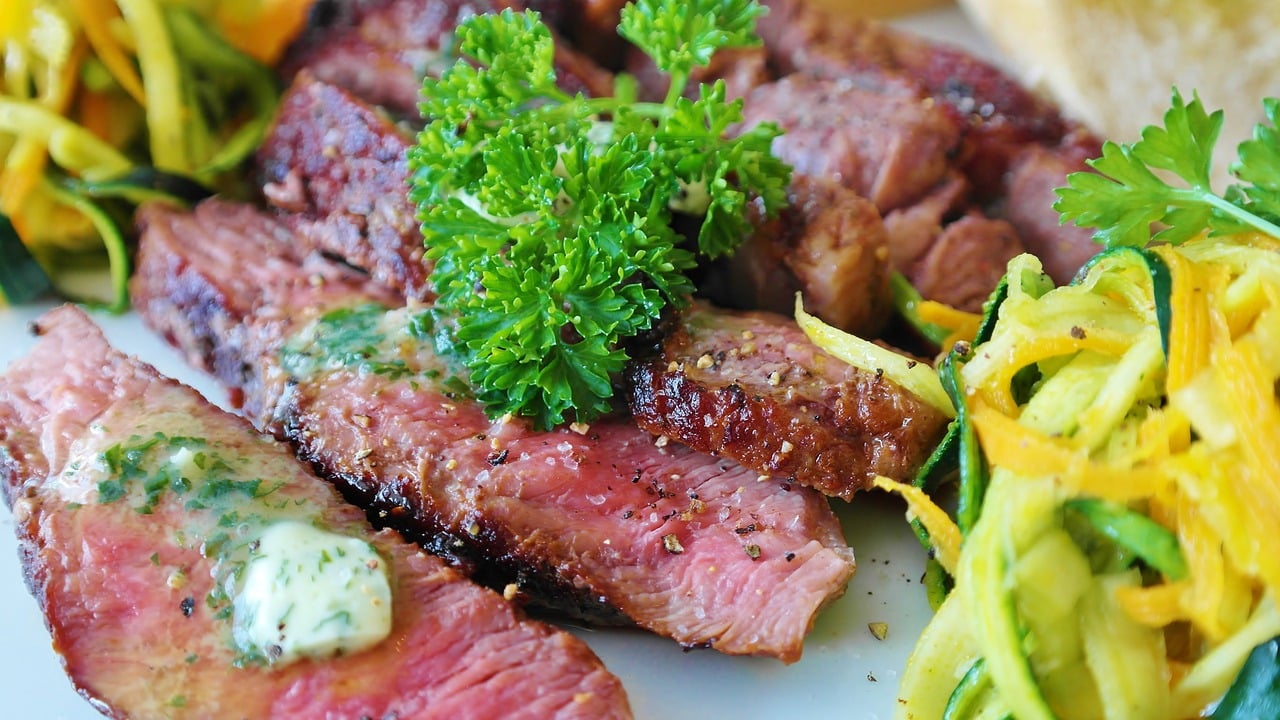What’s the Key to a Savory and Rich Beef Bourguignon?

Right at the heart of French cuisine is the beef bourguignon. A robust and flavorful stew, this dish is known for its divine fusion of beef, bacon, mushrooms, and onions, simmered to perfection in a pot of red wine. But if you’ve ever tried to prepare this classic recipe at home, you might find yourself grappling to capture the richness and depth of flavors that are the hallmark of a truly exceptional beef bourguignon.
So, what’s the key to unlocking the savory goodness and complexity of this timeless dish? Read on as we delve into the secrets of cooking a rich and flavorful beef bourguignon at home.
In parallel : What’s the Best Way to Prepare an Aromatic Moroccan Couscous?
Choosing the Right Cut of Beef
The meat is the star of beef bourguignon, and selecting the right cut can make a world of difference. The ideal beef cut for this dish will need to withstand long cooking times, while still retaining a succulent and tender texture.
While you might be tempted to opt for premium cuts, these can easily turn dry and tough when cooked for extended periods. Instead, use a cheaper, tougher cut of beef, such as chuck or brisket. These cuts are replete with collagen and fat, which break down during slow cooking to deliver a juicy, melt-in-your-mouth texture. What’s more, they pack a robust flavor that is simply unbeatable. So, when you’re shopping for the beef, remember – it’s the cheaper, tougher cuts that will give your beef bourguignon its rich and savory depth.
In the same genre : How to Prepare a Traditional British Shepherd’s Pie?
Cooking with Wine
The second key to a delicious beef bourguignon is the wine. This is not the occasion to skimp on quality – the wine you choose will greatly influence the overall flavor of the stew. A good quality red will infuse the dish with complexity and depth, while a less satisfactory one might leave a bitter aftertaste.
A full-bodied Burgundy is the traditional choice for beef bourguignon, but if that’s not within your budget, any dry red such as a Pinot Noir or a Côtes du Rhône will work. Always remember to taste the wine before adding it to your pot. If it’s not good enough to drink, it’s not good enough to cook with.
The Art of Browning
To bring out the flavors of your beef, bacon, onions, and mushrooms, make sure to brown them well. This process, known as the Maillard reaction, releases a plethora of complex, savory flavors that will elevate your bourguignon.
Start with the bacon, rendering the fat over medium heat. Once it’s crispy and golden, remove it from the pot, leaving the rendered fat behind. Now, add your beef, searing it on all sides until it develops a rich, brown crust. Finally, it’s the turn of the onions and mushrooms. Sautee them in the leftover fat until they’re nicely caramelized.
Low and Slow is the Way to Go
Beef bourguignon is a dish that cannot be rushed. It needs time to simmer slowly, allowing the flavors to meld and the meat to become tender. Typically, it will require at least three hours on a low heat on the stovetop.
However, if you want to take the flavors to the next level, cook your beef bourguignon in the oven. The even heat distribution of an oven allows the stew to cook more uniformly, resulting in a more flavorful dish. Bake your bourguignon in a preheated oven at 325°F (163°C) for about three hours, or until the meat is tender enough to cut with a spoon.
Finishing Touches
The final touches can add an extra layer of flavor to your beef bourguignon. After you’ve cooked your stew, strain the sauce and return it to the pot, discarding the solids. Reduce the sauce over medium heat until it’s thick and glossy. Adjust the seasoning, adding salt if necessary.
Then, add your cooked meat, bacon, onions, and mushrooms back into the pot, gently stirring them into the sauce. Let the stew sit for a few minutes to allow the flavors to mingle before serving. The result will be a rich, savory beef bourguignon that’s bursting with flavor.
Beef bourguignon has long been a staple of French cuisine, beloved for its rich and savory flavor. By following these steps, you can capture the complexity and heartiness of this classic dish at home. So, the next time you’re in the mood for a comforting and delectable stew, reach for these ingredients and give beef bourguignon a try. You won’t be disappointed!
The Importance of Your Cooking Tools: Dutch Oven and Slow Cooker
When it comes to nailing a perfect beef bourguignon, your cooking tools matter just as much as your ingredients. The quintessential tool for this dish is a dutch oven. The thick walls and tight-fitting lid of a dutch oven make it ideal for slow-cooking dishes like beef bourguignon.
One of the many advantages of using a dutch oven is its ability to retain and evenly distribute heat. This prevents hot spots, which could cause parts of your stew to overcook. The dutch oven is also oven-safe, allowing you to seamlessly transition between stovetop and oven cooking.
Begin by browning your beef, bacon, onions, and mushrooms on the stovetop in your dutch oven. Then, add your red wine and beef stock, cover with the lid, and place in a preheated oven. This method allows you to reap all the benefits of oven cooking, including more uniform heat distribution and a more flavorful stew.
If you don’t have a dutch oven, don’t worry. A slow cooker can be an excellent alternative. You can cook your beef bourguignon on low for about 8 hours, or on high for approximately 4 hours. Since the lid of the slow cooker traps all the steam and returns it to the pot, the meat and vegetables get infused with all the flavors and end up super tender.
Whether you opt for the dutch oven or the slow cooker, remember that beef bourguignon is all about patience and slow cooking.
The Secret Ingredient: Tomato Paste and Pearl Onions
While beef, wine, and bacon are undeniably key players in beef bourguignon, there are a couple of other ingredients that can take your dish from good to great: tomato paste and pearl onions.
Tomato paste is an unsung hero in beef bourguignon. It adds a subtle sweetness and richness to the dish that enhances the flavors of the meat and wine. Just a tablespoon or two of tomato paste can give your stew a deeper, more complex flavor profile. Add it along with your wine and beef stock, and let it simmer to bring out its full flavor.
Pearl onions, on the other hand, are a classic ingredient in traditional beef bourguignon recipes. Julia Child, the queen of French cooking herself, included them in her iconic recipe. These tiny onions add a burst of sweetness and a unique texture that beautifully contrasts the tenderness of the beef. To prepare them, peel and sauté the pearl onions in a bit of olive oil until they’re golden, then add them to your stew towards the end of cooking.
Conclusion: Serving Your Beef Bourguignon
Finally, after hours of slow cooking, your beef bourguignon is ready to serve. Traditionally, it’s served hot, ladled over a bed of creamy mashed potatoes. The starchiness of the potatoes beautifully soaks up the rich sauce, making for a mouthwatering combination.
Feel free to garnish your dish with some fresh parsley for a splash of color and a hint of freshness. And of course, don’t forget the wine! A glass of pinot noir pairs brilliantly with a hearty beef bourguignon.
Whether you’re looking to prepare a special meal for a holiday, a dinner party, or just a cozy night in, beef bourguignon is a fantastic choice. It takes some time and patience, but the end result is worth every minute. The layers of flavor, the melt-in-your-mouth beef, and the rich, savory sauce will transport you straight to the heart of France. Don’t be surprised if your guests ask for seconds or even thirds, because there’s nothing quite like a perfectly prepared beef bourguignon. Bon Appétit!
